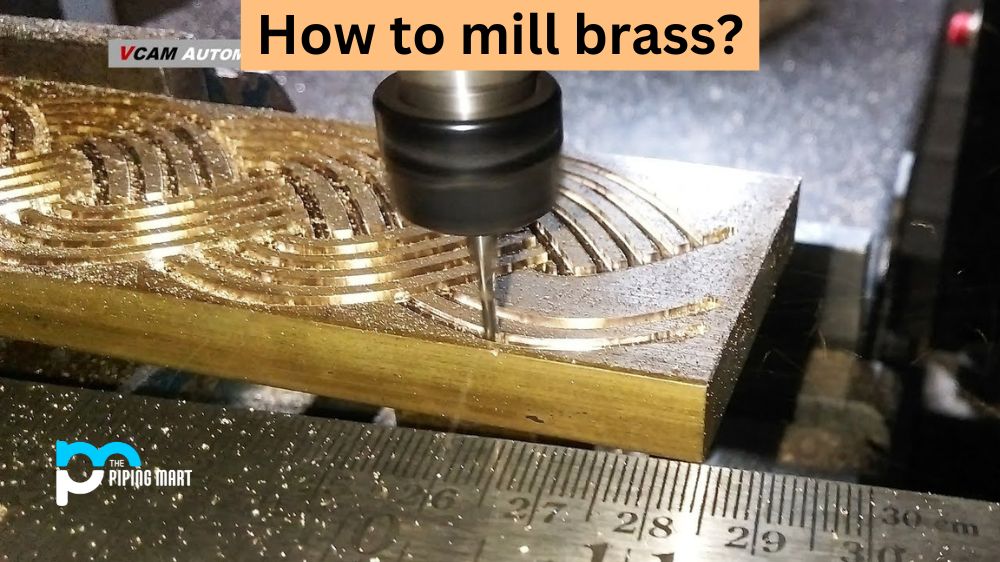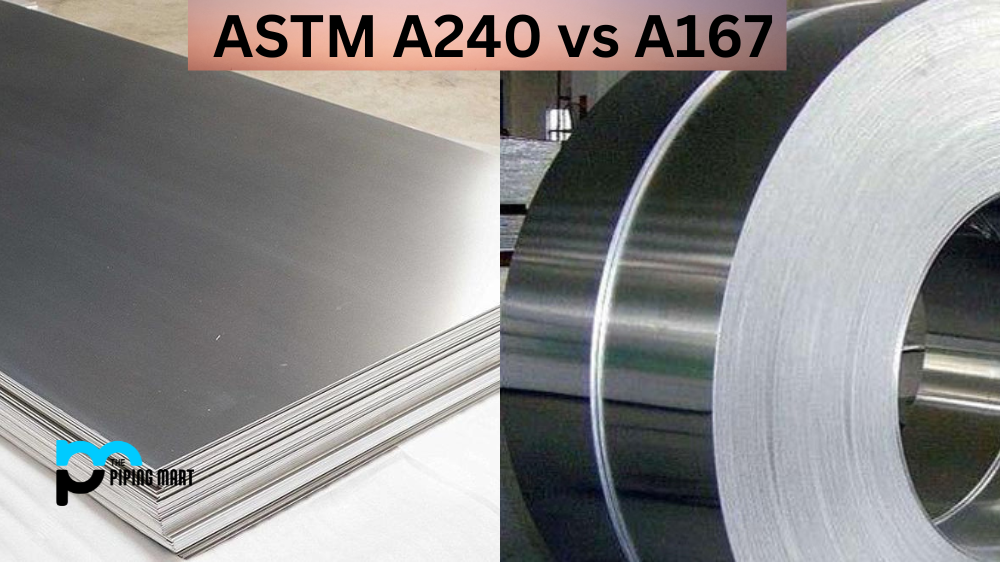Brass is one of the most popular materials used in industrial machining, and it can be milled to create a range of products, from intricate sculptures to precision parts. But before you start milling brass, it’s important to understand the basics – such as which tools you need, how you should set up your workpiece and what safety precautions you should take. In this blog post, we’ll look at all these topics so that you can get started with milling brass today.
Tools Needed for Milling Brass
The first thing to understand about milling brass is the type of tools required for the job. For milling brass, the best tools are high-speed steel (HSS) cutters specifically designed for cutting metals. The type of HSS cutter will depend on the size and shape of your workpiece – a ball-end cutter is great for sculpting, while an end mill is better suited to cutting precise shapes with flat surfaces. A drill bit may also come in handy if you need to make holes in your workpiece.
Setting Up Your Workpiece
Once you have chosen the right tool for your job, the next step is to secure your workpiece onto your mill table. This process is known as ‘fixturing’, and it involves using clamps or vices to hold the workpiece in place while it is being cut. It’s important that your workpiece is securely attached so that it doesn’t move during machining – even small movements can cause inaccuracy or damage to your pieces. It’s also important that you check that there is no debris on the table or in any slots before starting your machining operation, as this could affect the accuracy or cause damage to both the machine and the workpiece.
Safety Considerations
Milling brass can be hazardous if proper safety precautions are not taken, so it’s important that you take steps to protect yourself before starting any machining operations. First and foremost, always wear appropriate safety equipment such as goggles and hearing protection when operating a milling machine – flying chips or metal shavings could cause serious injury if they come into contact with your eyes or ears. You should also ensure that any loose clothing or jewelry isn’t flapping around near moving parts, which could cause entanglement if caught by machinery while running at full speed. Finally, always keep a fire extinguisher nearby in case of sparks from machining operations and ignite combustible material like oil or grease in contact with metal shavings generated by the process.
Conclusion:
Milling brass can be a great way to create precision parts for industrial use or intricate sculptures for decorative purposes – but only if done properly! By understanding which tools are needed for milling brass, setting up a secure workpiece correctly and taking necessary safety precautions every time you use a milling machine, you can make sure that every project turns out just right! With these tips under your belt, now nothing stands between you and successful brass machining projects!

Pipingmart is a B2B portal that specializes in metal, industrial and piping items. Additionally, we share the latest information and information about materials, products and various types of grades to assist businesses that are involved in this business.




